Home>Ideas and Tips>Backyard Cactus Garden Design: Low-Maintenance Desert Landscape
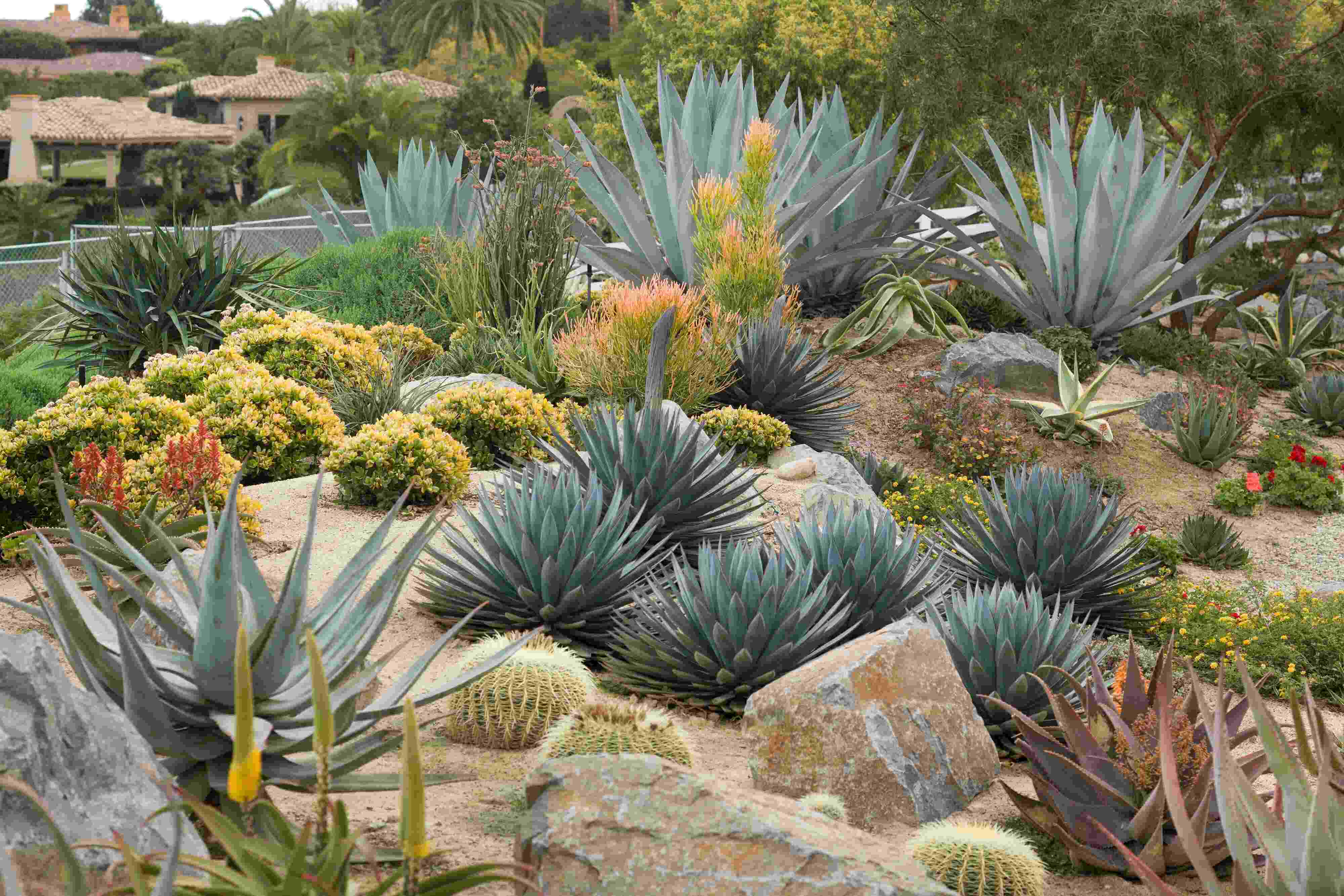

Ideas and Tips
Backyard Cactus Garden Design: Low-Maintenance Desert Landscape
Published: September 3, 2024
Design a stunning, low-maintenance backyard cactus garden with our expert tips on choosing the right plants and landscaping ideas for desert climates.
(Many of the links in this article redirect to a specific reviewed product. Your purchase of these products through affiliate links helps to generate commission for Storables.com, at no extra cost. Learn more)
Creating a beautiful and low-maintenance backyard landscape in a desert climate can be both challenging and rewarding. The harsh conditions of the desert, including hot temperatures, scarce water, and lean soil, require plants that are specifically adapted to these conditions. Cacti and succulents are ideal choices for desert landscaping due to their ability to store water in their leaves, stems, and roots. In this article, we will explore the best practices for designing a stunning cactus garden that thrives in arid environments.
Understanding Desert Landscaping
Desert landscapes are characterized by their unique adaptations to survive in harsh conditions. Native plants have evolved to withstand extreme temperatures, limited rainfall, and poor soil quality. These adaptations include:
- Water Storage: Cacti and succulents store water in their leaves, stems, and roots, allowing them to survive for extended periods without rainfall.
- Reduced Transpiration: Plants like cacti have waxy leaf coatings, smaller leaves, spines, or thorns to reduce water loss through transpiration.
- Reflective Foliage: Some plants have silver-colored foliage that reflects sunlight, reducing heat absorption.
- Moisture Trapping: Long sharp leaves on plants like yucca can trap moisture from rainstorms.
By incorporating a mix of plant types including trees, shrubs, cacti, succulents, and perennials, you can create an engaging desert garden that is both drought-tolerant and low maintenance.
Read more: How To Design A Low-Maintenance Landscape
Choosing the Right Plants
When selecting plants for your desert landscape, it's essential to choose species that are native to your region or have similar growing conditions. Here are some of the best desert landscape plants to grow:
1. Agave (Agave spp.)
Agave is a succulent with stiff pointy leaves and a symmetrical spiky habit that adds architectural interest to the landscape. There are over 250 species in a wide range of sizes and foliage colors including green, gray, blue, and variegated. Use agave as a focal point in a container, in beds or strips, or massed in the landscape.
2. Organ Pipe Cactus (Stenocereus thurberi)
This cactus has an upright columnar habit and can grow up to 20 feet tall. It thrives in full sun and is ideal for adding height to your desert garden.
3. Prickly Pear Cactus (Opuntia spp.)
Prickly pear cactus grows in large, wide bunches that can work well in place of bushes. They produce colorful fruit and globe-shaped flowers that attract bees and butterflies.
4. Rock Purslane (Calandrinia grandiflora syn. Cistanthe grandiflora)
Native to Chile, rock purslane is a perennial succulent with fleshy gray-green leaves and cup-shaped magenta flowers that grow on long thin stems above the foliage. It blooms over an exceptionally long time from spring to fall and makes an excellent ground cover.
5. Texas Sage (Leucophyllum frutescens)
This evergreen shrub has soft silvery foliage and tubular rose-purple flowers that typically appear after it rains. It's commonly used as a background element in beds and borders or as hedging or screening.
6. Yucca
Yucca has long leaves that bunch at the top of a long, skinny trunk. Its height brings a different visual than typical cactus plants and leaves plenty of room for colorful accent plants at its base.
7. Columnar Cactuses
Columnar cactus varieties like cereus and euphorbia grow very tall and bring a splash of color to an otherwise bare exterior wall or make for a great backdrop to a cactus garden.
Landscaping Ideas
1. Add a Little (or a Lot) of Aloe
Aloe is a fleshy green succulent that produces broad, spiny leaves. It's commonly used in pots but can grow much larger when planted in a flower bed or rock garden. Aloe plants are extremely resilient and need very little maintenance, but dog owners should beware: Aloe is toxic to animals.
2. Add Some Color to Your Rock Garden
Rock gardens are a popular, low-maintenance alternative to messy and cumbersome flower beds. Cactuses are great additions because they can handle lower moisture levels that come with using gravel instead of soil. Load up your rock garden with lots of small cactuses or plant one large one as a centerpiece among landscaping rocks.
3. Swap Bushes for Prickly Pear Cactus
The prickly pear cactus grows in large, wide bunches that can work well in place of bushes. They accomplish the same goal and have the added benefit of producing colorful fruit. In arid climates like Arizona, this type of desert landscaping is commonplace. In front yards outside of the desert, a large prickly pear cactus will make for an interesting change of pace.
4. Level Up Your Cactus Garden with Yucca
Yucca’s long trunk leaves plenty of room for colorful accent plants at its base. Its height brings a different visual than typical cactus plants and adds variety to your landscape design.
5. Go Vertical with Columnar Cactuses
Columnar cactus varieties grow very tall and bring a splash of color to an otherwise bare exterior wall or make for a great backdrop to a cactus garden. They look great when evenly lined up in fence-like rows or clustered together in spots throughout a xeriscape garden.
6. Try Potted Cactuses for Creative Additions
Cactus thrives when planted in pots. Using pots allows you to control the size of your cactuses, ensure they’re getting the nutrients they need, and easily maintain them when needed. Potting your cactus also allows you to get creative with how you arrange them in your landscape. Use interesting pots or put them in fun DIY planters like an old recycled wheelbarrow or wooden crate.
Tips for Maintaining Your Cactus Garden
1. Soil Selection
Cactuses should be planted in soil that is specially designed for them. You can find cactus soil at your local garden center or online. Avoid using regular garden soil as it can retain too much moisture and cause root rot.
2. Sunlight and Shade
Most cactus plants love full sun, but some varieties prefer shade. Do your research or consult a landscape designer when planning your cactus or succulent garden.
3. Mulch Use
Because cactuses have shallow root systems, mulch can trap in moisture and heat, causing damage to your plants. It’s better to use gravel as a mulch substitute in a cactus landscape.
4. Watering
Cactuses are drought-tolerant but still need occasional watering. Water them sparingly, making sure the soil is dry between waterings. Overwatering can be detrimental to these plants.
Additional Desert Landscaping Ideas
1. Container Gardening
Container gardening might be just the fix to bring some green into your backyard while combating excessive water usage or dry, rocky soil. Bringing plants up out of the ground soil and into planters where you can more carefully control the moisture and soil content can be a great idea for desert gardens in particular.
2. Add a Cozy Fire Feature
Deserts can get surprisingly cold at night, and adding a fire to your backyard is an ideal desert landscaping idea to keep it welcoming into the evening hours. You have a range of options when it comes to selecting the perfect fire feature for your space—a dramatic outdoor fireplace can become a backyard centerpiece, while a small moveable fire pit is great for anyone looking for easy, inexpensive desert landscaping ideas.
3. Create a Natural Desert Rock Garden
If you’re searching for desert landscaping ideas, you don’t have to look any farther than the surrounding landscape. There’s a reason tourists come to visit the calming desert natural landscapes filled with sand, small rocks, and large boulders have their own unique look which is both organic and architectural. Try creating a rock garden using stones of various colors, textures, and sizes for a visually appealing feature that doesn’t require a drop of water.
Read more: Creating A Low-Maintenance Garden With Ease
4. Add Height with Drought-Tolerant Trees
While tall cacti and low-growing succulents might dominate the world of desert garden ideas, trees can find themselves right at home in your landscape. Desert trees are uniquely hardy, tolerating intense daytime heat and nighttime cold as well as extended dry periods. Some desert-friendly trees include Acacia, Mesquite tree, Ironwood, Joshua tree, Chaste tree, Date palm, and Desert willow.
Conclusion
Creating a low-maintenance desert landscape with cacti and succulents is not only aesthetically pleasing but also sustainable. By choosing the right plants and following these tips for maintenance and design, you can enjoy a beautiful backyard that thrives in even the harshest conditions. Whether you're looking to add some color with prickly pear cactus or create a natural rock garden, there are countless ways to bring life and beauty into your desert garden without breaking the bank or requiring extensive upkeep.
Remember to always research local varietals that will work best in your area and consult with local garden centers or landscape designers if needed. With these ideas and tips, you'll be well on your way to designing a stunning cactus garden that will be the envy of all your neighbors
Was this page helpful?
At Storables.com, we guarantee accurate and reliable information. Our content, validated by Expert Board Contributors, is crafted following stringent Editorial Policies. We're committed to providing you with well-researched, expert-backed insights for all your informational needs.
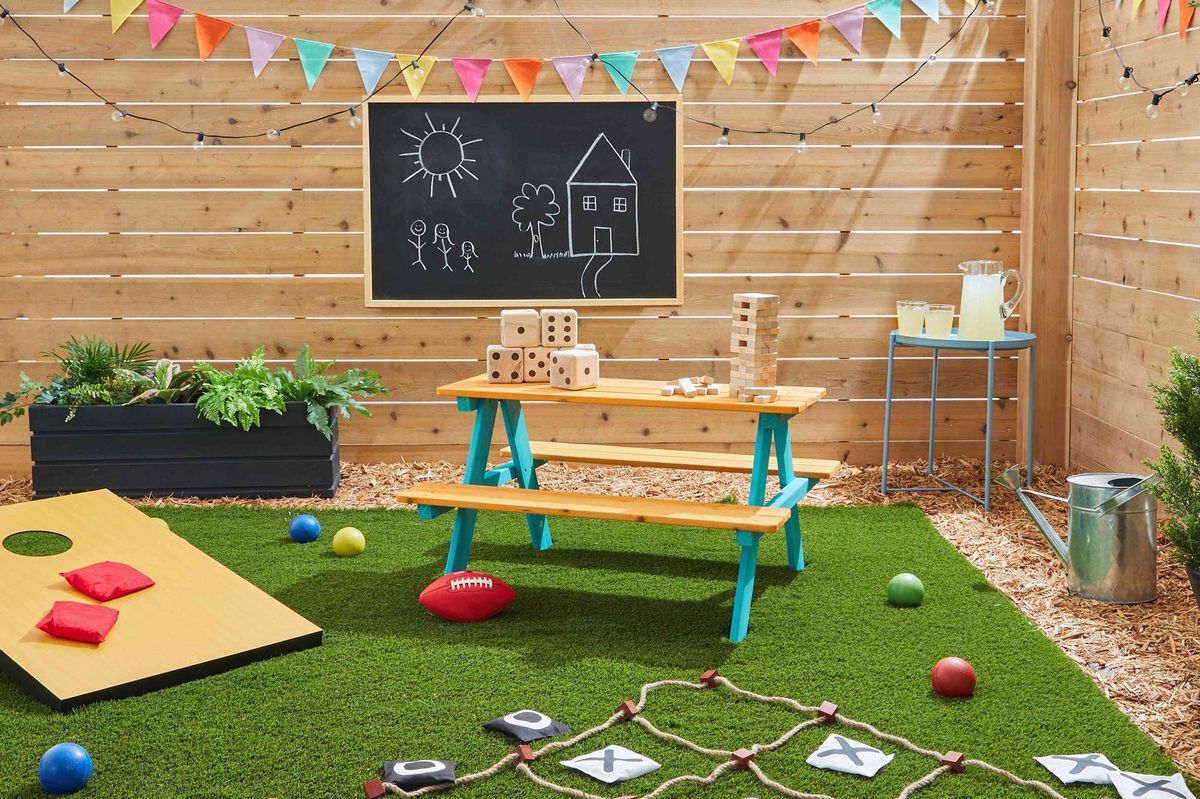
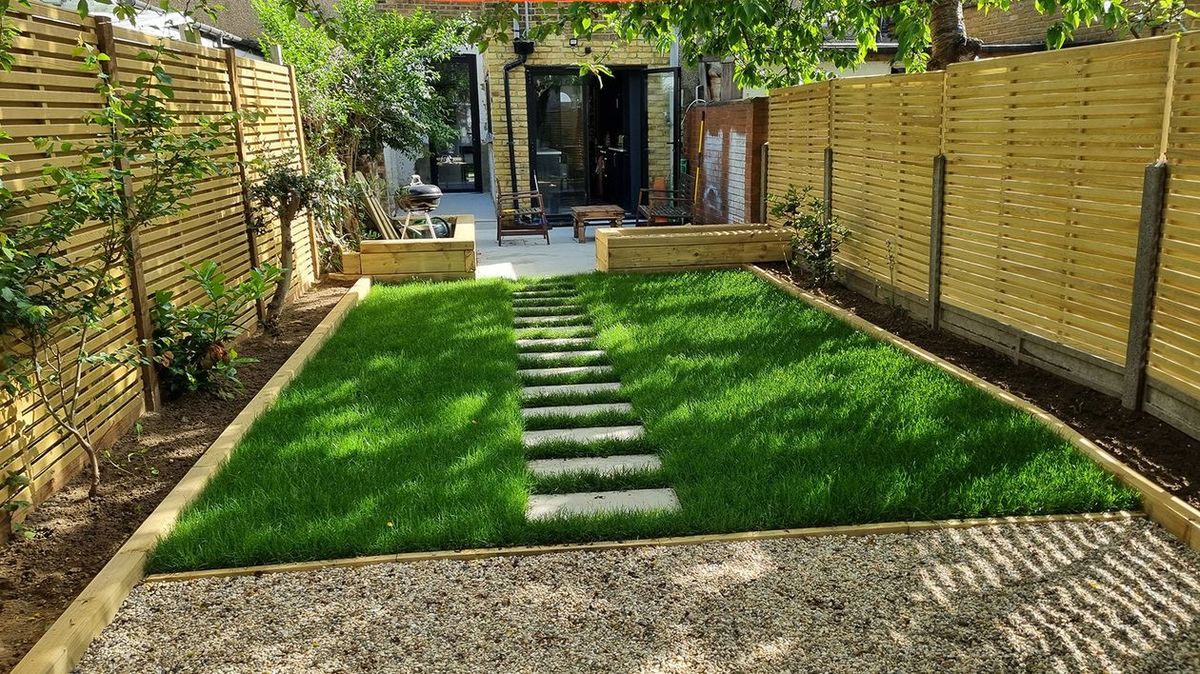
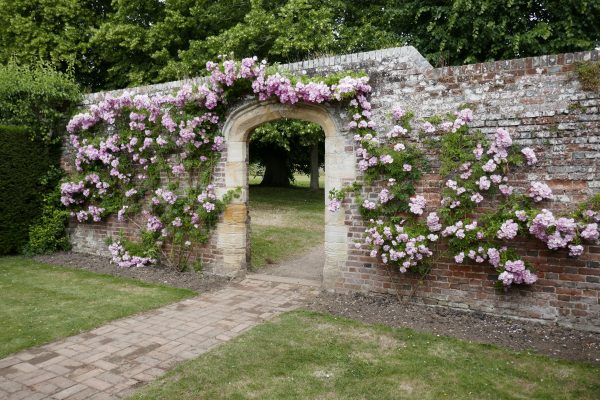

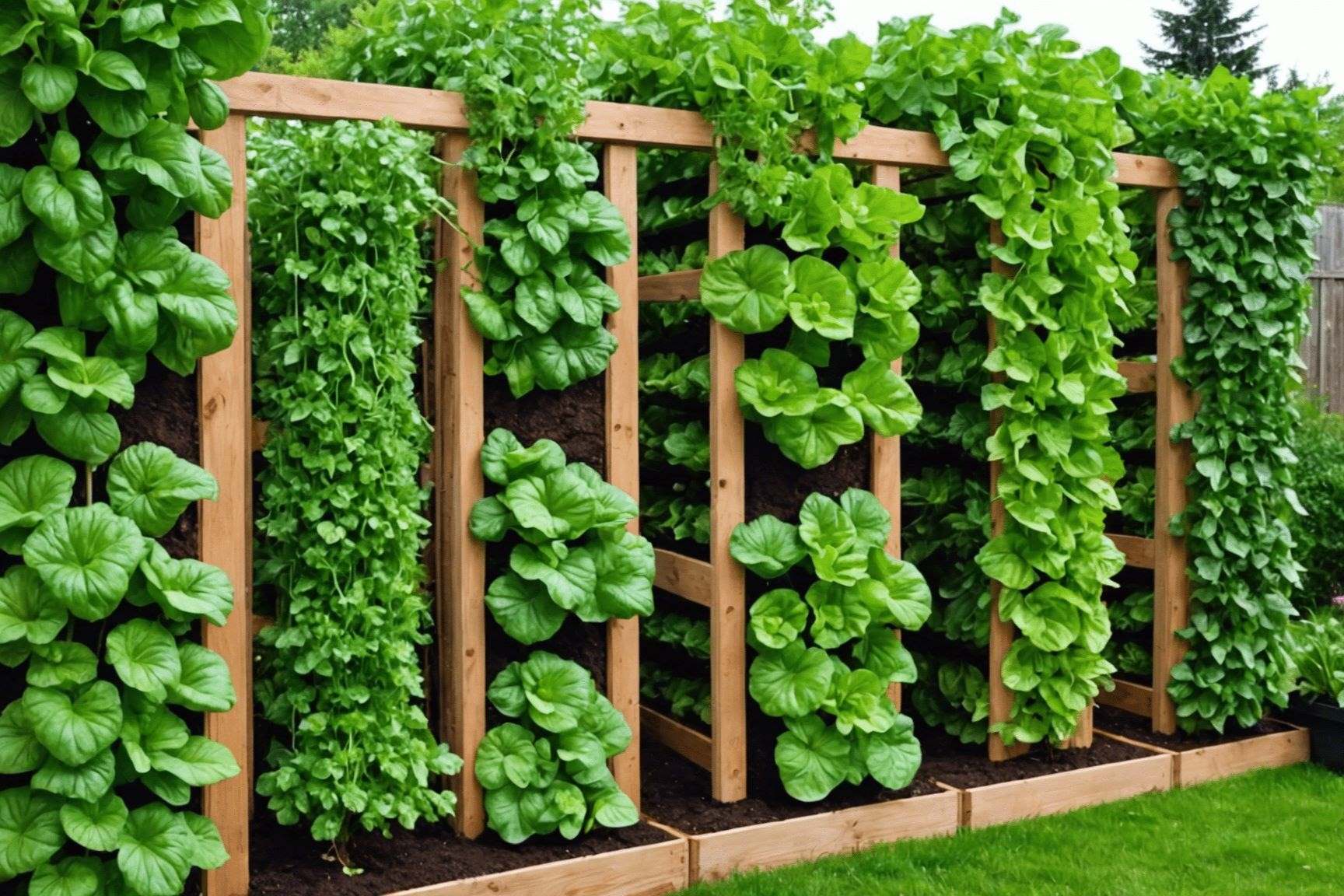
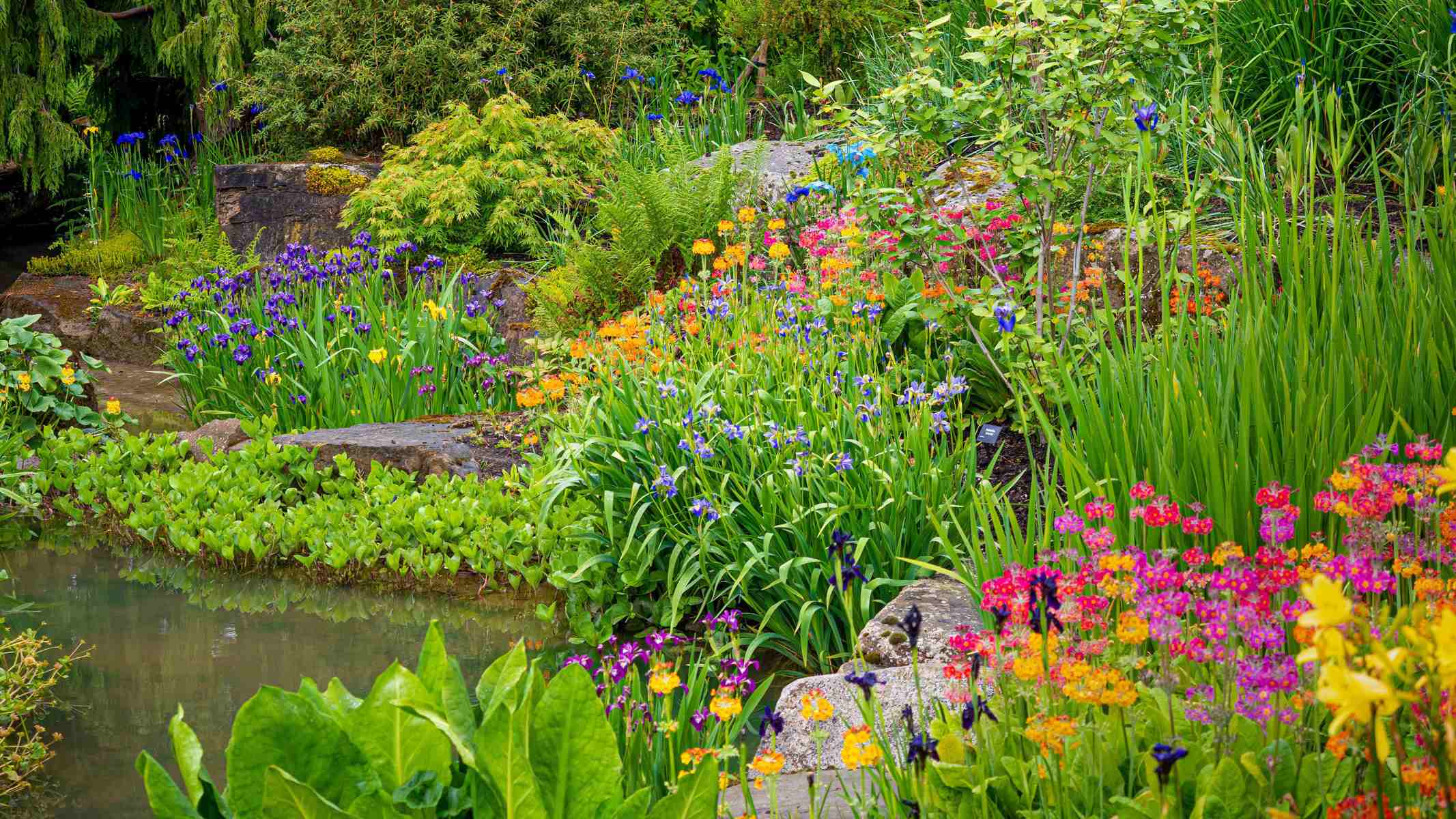
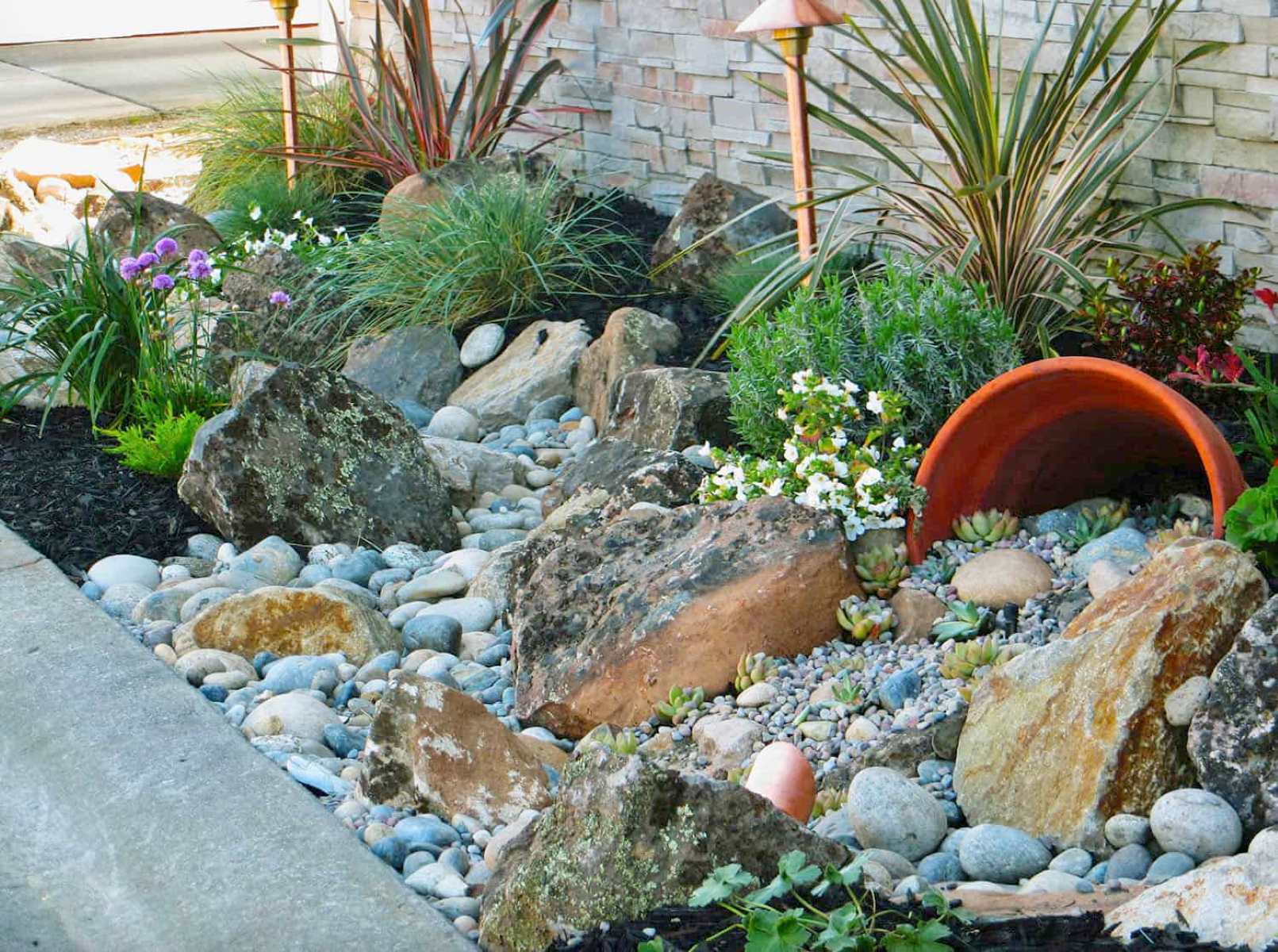
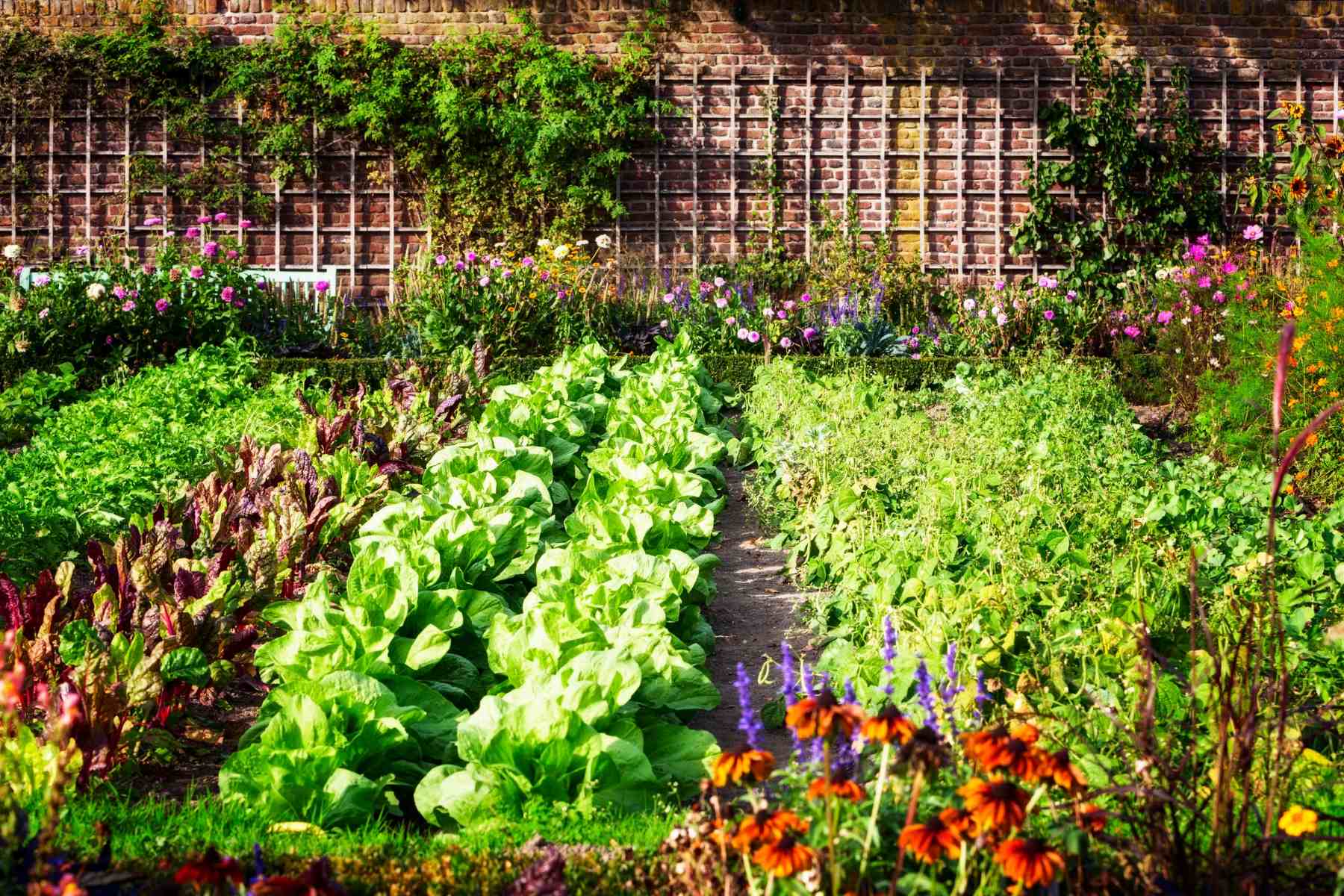
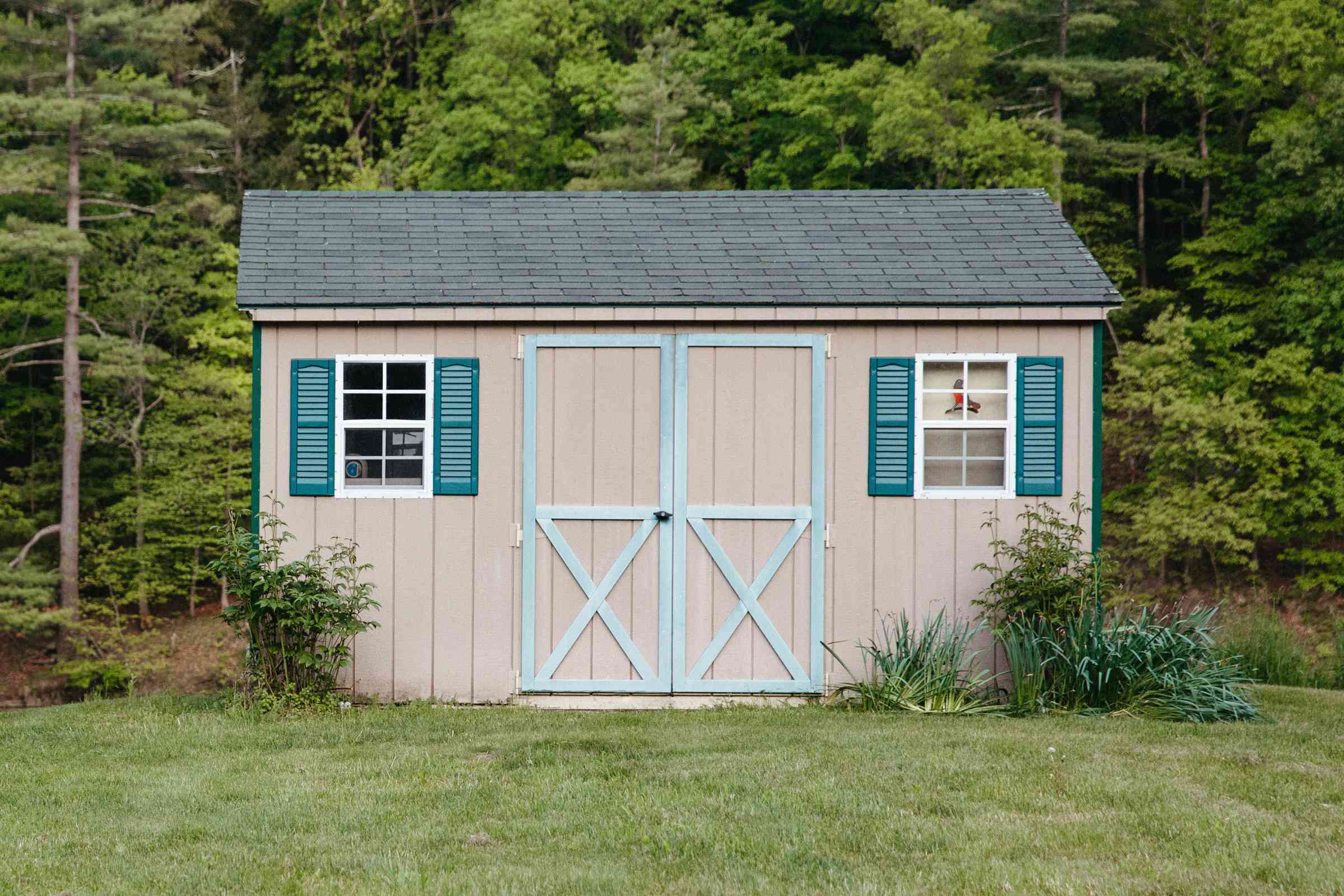

0 thoughts on “Backyard Cactus Garden Design: Low-Maintenance Desert Landscape”